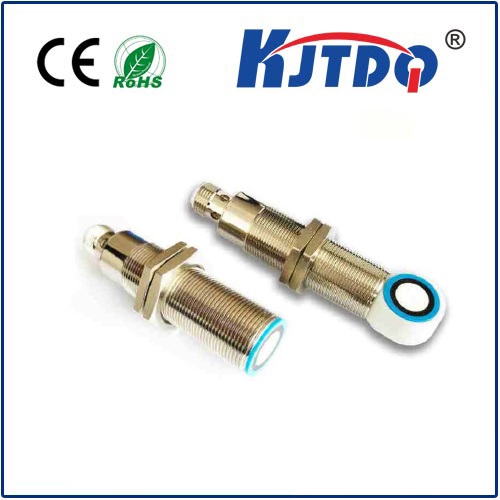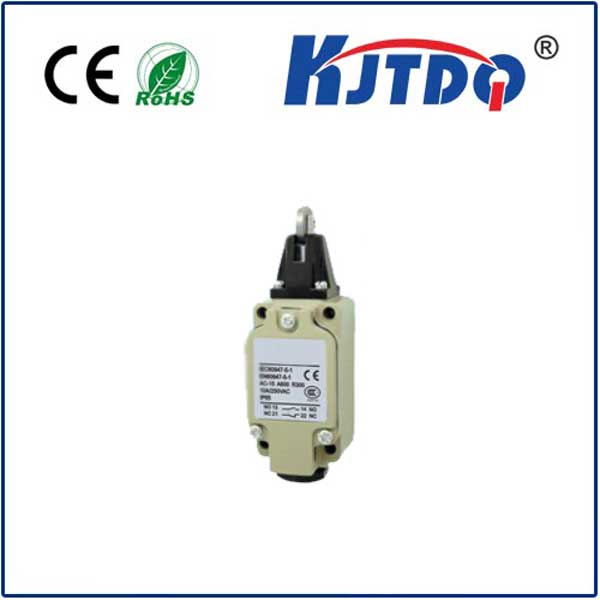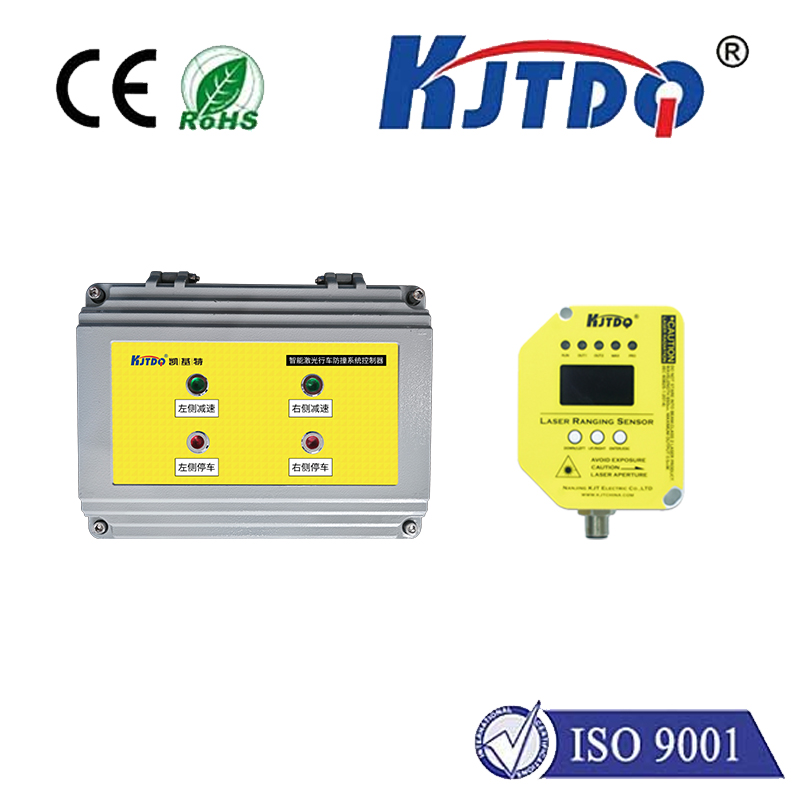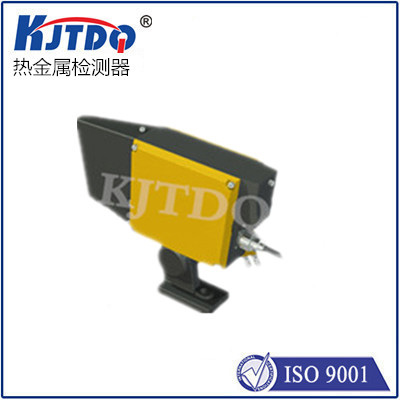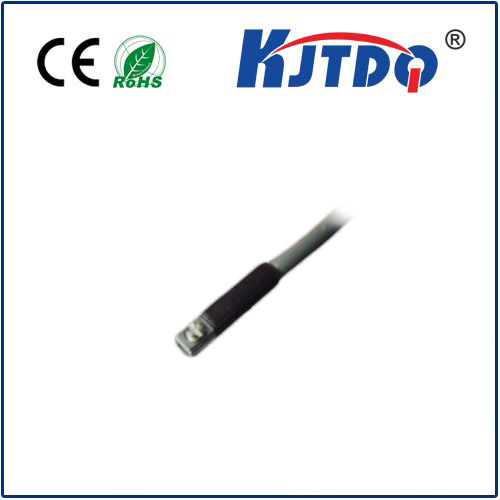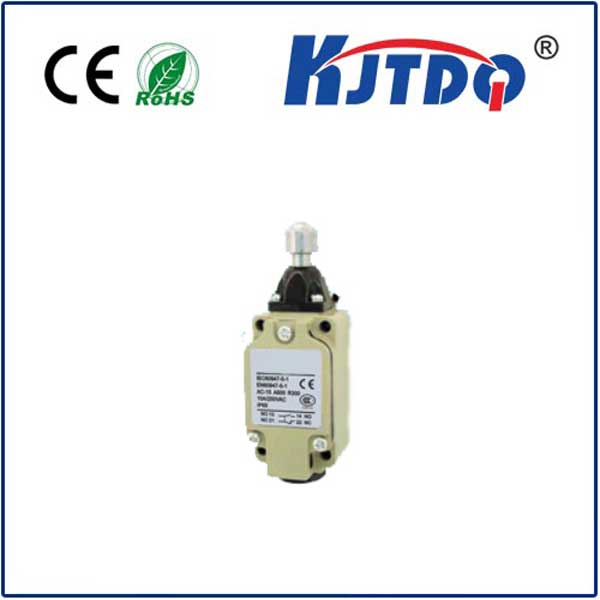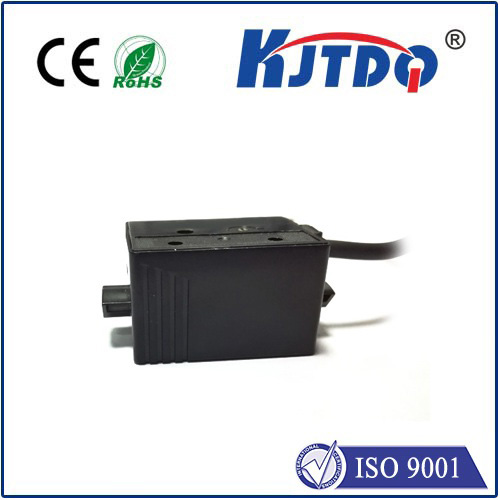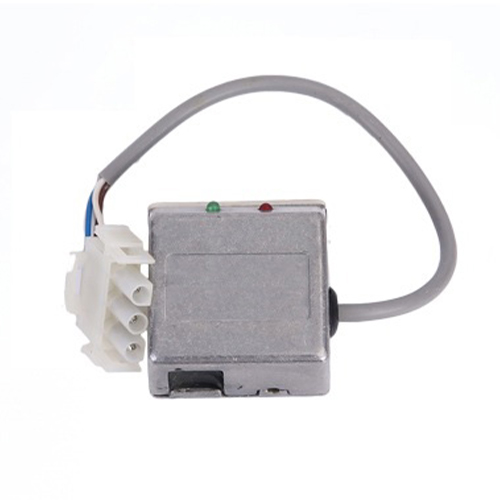

check

check

check

check

check

check

check

check

check

check
Laser Light Sensors: Revolutionizing Industrial Applications
The integration of sensor laser light technology in various industrial applications has brought about a paradigm shift in the way businesses operate. Laser light sensors, also known as LIDAR (Light Detection and Ranging) sensors, have become an essential component of modern industrial automation systems due to their accuracy, speed, and reliability. This article aims to explore the different ways in which laser light sensors are revolutionizing industrial applications.
One of the primary benefits of laser light sensors is their ability to accurately measure distances and detect objects in real-time. This feature makes them ideal for use in robotics, where they can be used to guide robotic arms or vehicles through complex environments. By providing precise location data, laser light sensors allow robots to navigate safely and efficiently, reducing the risk of collisions and improving overall performance.

Another area where laser light sensors are making a significant impact is in quality control processes. In manufacturing industries, these sensors can be used to inspect products for defects or deviations from specified dimensions. By using high-resolution imaging techniques, laser light sensors can detect even the slightest imperfections, ensuring that only products that meet stringent quality standards are shipped to customers.
Laser light sensors are also being widely adopted in the automotive industry. They are used in advanced driver-assistance systems (ADAS) to provide real-time information about the vehicle's surroundings. Features such as adaptive cruise control, lane departure warning, and automatic emergency braking rely on data provided by laser light sensors to function effectively. As autonomous vehicles continue to develop, the importance of these sensors will only increase.
In addition to their practical applications in industrial settings, laser light sensors are also being used in research and development initiatives. Scientists are exploring new ways to utilize this technology to study everything from atmospheric conditions to archaeological sites. The ability of laser light sensors to provide highly detailed images makes them an invaluable tool for researchers looking to gain insights into previously inaccessible areas.
Despite their numerous advantages, there are still challenges associated with implementing laser light sensor technology across various industries. One major obstacle is cost; while prices have been decreasing over time, high-quality sensors can still be expensive to purchase and maintain. Additionally, integrating these sensors into existing systems can require significant technical expertise and resources.
In conclusion, laser light sensors are revolutionizing industrial applications by providing accurate measurements, enhancing quality control processes, improving safety in automotive technologies, and offering valuable tools for research and development. As advancements continue to be made in this field, it is likely that we will see even more innovative uses for this transformative technology in the future.
